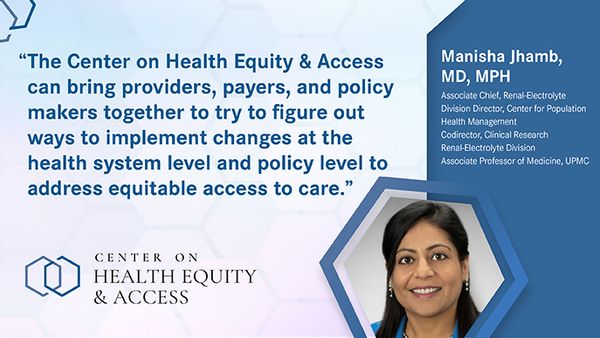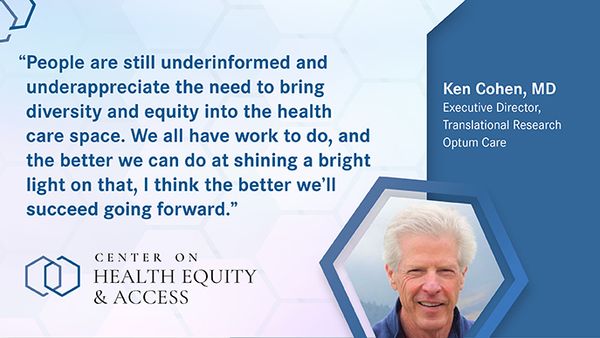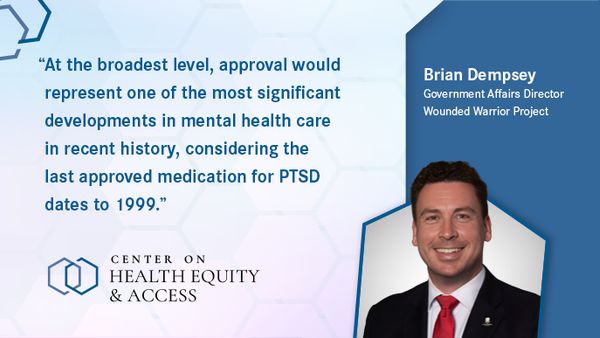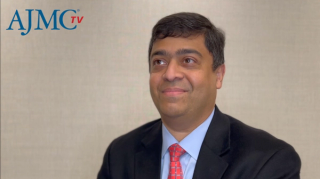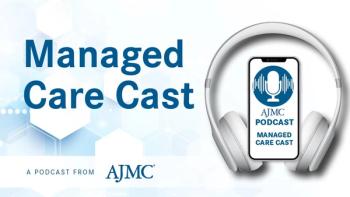
Center on Health Equity & Access
Latest News

Latest Videos

Podcasts
CME Content
More News

Laxmi Patel explains how providers can meet potential new Medicaid documentation requirements without harming patient access.
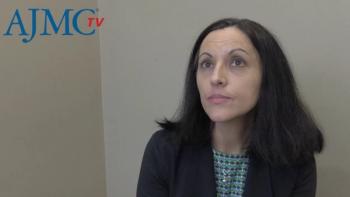
Integrating these care services can enhance patient QOL and address unmet needs in serious respiratory illnesses, explains Natasha Smallwood, BMedSci, MBBS, MSc, Monash University.

The executive order signed in July features policy shifts that would put states in charge of funding for encampment sweeps, among other policy shifts.

Laxmi Patel urges hospitals to embed financial screening and simplify payment options to prepare for rising levels of uninsured patients from Medicaid changes.

Kathy Oubre, MS, discusses opportunities for community cancer centers to expand service lines without sacrificing care quality.
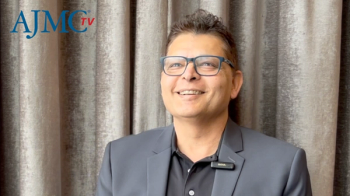
Consolidation in oncology is creating access and cost challenges, whereas advocacy helps improve patient care and treatment availability, according to Sucharu "Chris" Prakash, MD.

From proactive recruitment to academic-community partnerships, Hope Krebill highlights ways to improve clinical trial participation.

Proposed Medicaid cuts threaten children's health coverage, exacerbating existing gaps and impacting access to care for vulnerable populations.

The availability of retail pharmacies throughout the country have changed the health system in terms of accessibility and treatment, explains Mark Riggle, PharmD.

Medicare beneficiaries with near low income experience more affordability issues than beneficiaries with low income due to Medicare savings programs eligibility.
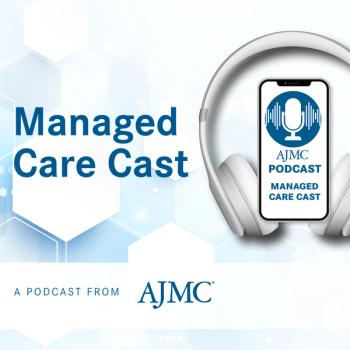
On this episode of Managed Care Cast, experts discuss the practical implications of bias in electronic health care records.

Medicare beneficiaries with near low income struggle most with health care affordability, highlighting gaps in financial assistance programs.

Laxmi Patel outlines how Medicaid reforms could raise bad debt, urging providers to strengthen financial counseling, assistance, and price transparency.

Same-sex couples now report higher insurance coverage than different-sex couples, but disparities by income, geography, and marital status remain.

New research highlights caregiver perspectives to improve colorectal cancer screening access for individuals with intellectual and developmental disabilities.
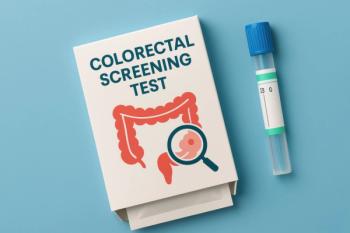
National survey data show rural residents are less likely to receive colorectal cancer screening, with socioeconomic and structural barriers driving the gap.

Accessibility to gender-affirming surgery needs to be improved for transgender, nonbinary, and gender-diverse individuals.

Laxmi Patel discusses proposed Medicaid reforms in HR 1, including work rules, coverage limits, and state-level risks for vulnerable populations.

The adoption of technologies like telehealth and health information exchange increased over time, but hospitals in the most disadvantaged areas were behind.

This article presents a systematic review of US health care disparities in physician specialist access across rheumatology, dermatology, and gastroenterology and a call to action.
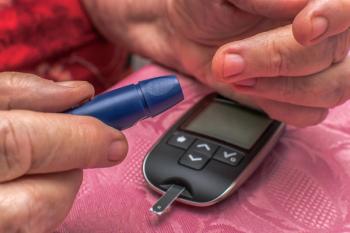
Data reveal a growing burden of early-onset type 2 diabetes, highlighting disparities and increased cardiometabolic risk

The Rural Health Transformation Program invests $50 billion to enhance health care access and quality in rural America.
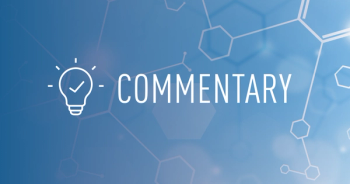
This commentary calls for health care systems to deliver equitable care for people living with obesity by addressing weight bias and updating standards in obesity care.

A new study highlights the epidemiological, humanistic, and economic impact of pediatric psoriasis, with findings showing greater challenges in moderate to severe cases.
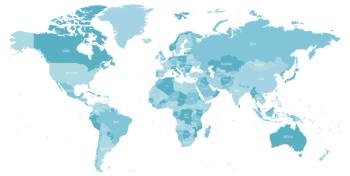
Ovarian and uterine cancers linked to high body mass index (BMI) have steadily increased among women of reproductive age, with the greatest burden observed in low- and middle-sociodemographic index regions.




